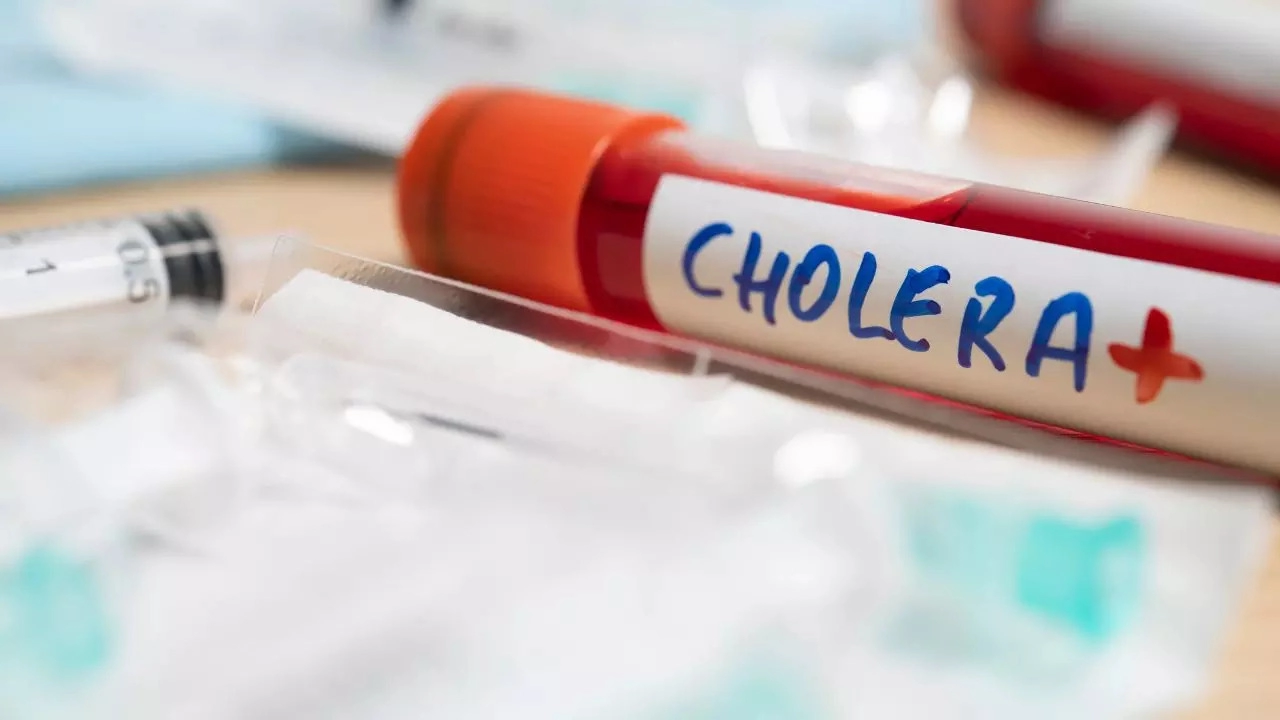Debosmita Ghosh • 14 Sep 2024
Goa Witnesses Increase In Cases Of Cholera; Symptoms And Preventive Measures For The Bacterial Infection

Symptoms And Preventive Measures For Cholera
Goa has been witnessing a surge in cholera cases. Three new cases have been reported from Cutbona jetty which has taken the total tally to 175 cases. A TOI report says that of these, 139 came in from the Cutbona side and 36 from the Mobor side, where the outbreak is reported to have started. State epidemiologist Dr Utkarsh Betodkar said, “For the health department to declare the outbreak over, there must be no cases for two weeks straight.”
The district hospital at South Goa has five patients and the Goa Medical College (GMC) also has several patients referred for severe dehydration, renal injuries, requiring dialysis, etc.
The cholera outbreak has also claimed the lives of five migrant workers, two of whom were allegedly brought dead. As the health of the workers was worsening when the boats were out at sea, they were brought to a health facility late, according to the TOI report.
The health department had distributed medical kits with antibiotics, paracetamol, and other medication besides ORS to the boat owners. Velim MLA Cruz Silva said each trawler has a minimum of 35 workers and cholera can easily spread. He appealed to the boat owners to immediately seek medical attention for their workers, failing which their condition would worsen and the infection would spread. He further said that they could spread the infection to the local population as well.
Cholera is a disease that spreads through contaminated water or food. It can cause severe diarrhoea and dehydration and if left untreated, it can turn out to be fatal. According to the World Health Organisation (WHO), there are 1.3 to 4.0 million cases of cholera every year and 21, 000 to 143, 000 deaths worldwide due to cholera.
With modern sewage and water treatment, cholera has been eliminated in industrialised countries, however, it still exists in Africa, Southeast Asia and Haiti. There’s a high risk of cholera during poverty, war or natural disasters when people are forced to live in crowded conditions.
Symptoms of Cholera
Here, take a look at some of the common symptoms of cholera infection.
- Diarrhoea: Cholera-related diarrhoea will happen suddenly and can quickly cause fluid loss.
- Nausea and vomiting: Vomiting occurs especially in the early stages of cholera and can last for hours.
- Dehydration: Dehydration might develop within hours after cholera symptoms start and range from mild to severe.
- Irritability, fatigue, sunken eyes, a dry mouth, extreme thirst, dry and shrivelled skin
- Due to dehydration, there can be electrolyte imbalance which can cause the following symptoms.
- Muscle cramps: This happens when there’s a rapid loss of salts from your body.
- Shock: This is one of the most serious complications of dehydration. It happens when low blood volume causes a drop in blood pressure and a drop in the amount of oxygen in your body.
Preventive Measures For Cholera
- Clean Water: Make sure you have access to safe drinking water. Also, treat or boil it before use. Avoid contaminated water sources.
- Sanitation: Use proper sewage disposal systems. Avoid open defecation to prevent the contamination of water supplies.
- Handwashing: Wash your hands frequently with soap, especially after using the bathroom and before handling food.
- Food Hygiene: Cook food thoroughly and consume it while hot. Avoid raw or undercooked seafood and street food in areas that hace cholera outbreaks.
- Rehydration Solutions: Have oral rehydration salts (ORS) on hand to prevent dehydration in case of illness.
Get Latest News Live on Times Now along with Breaking News and Top Headlines from Health and around the world.